
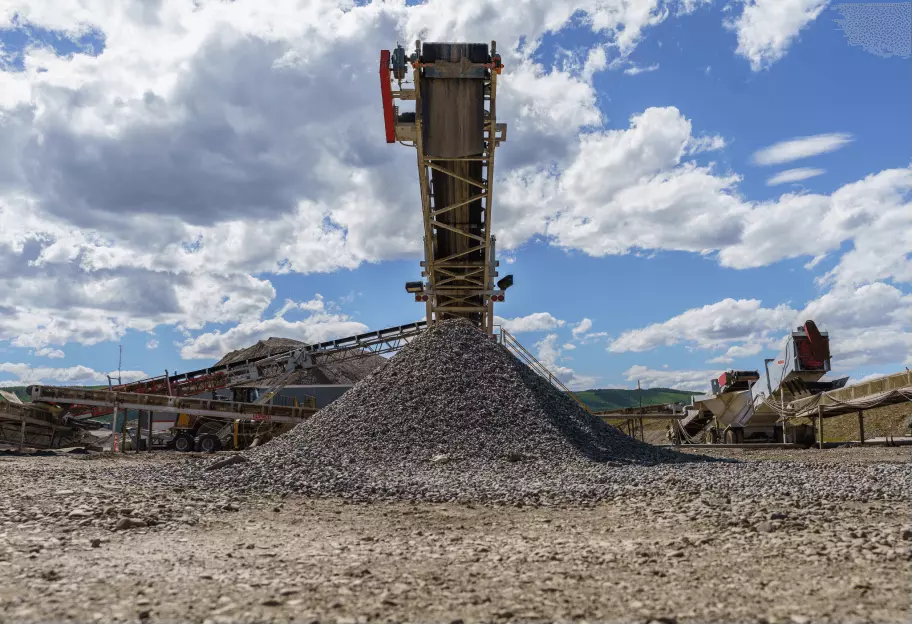
Gravel is a loose collection of rock fragments that occur naturally throughout the world due to sedimentary and erosive geological processes.
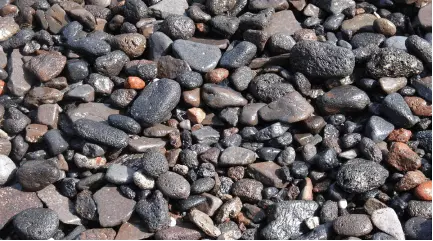
Crushed stone or angular rock is produced by mining a rock deposit, and then breaking the rock down to the desired size by utilizing crushers.
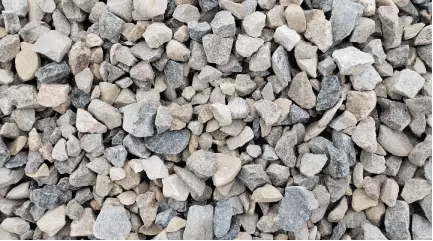
Sand is a granular material consisting of finely divided mineral particles. The grain size of sand is smaller than gravel and coarser than silt.
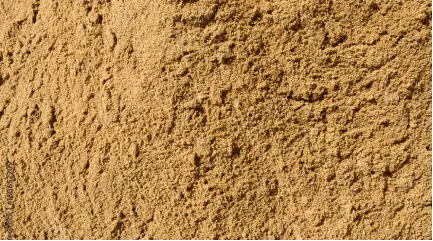
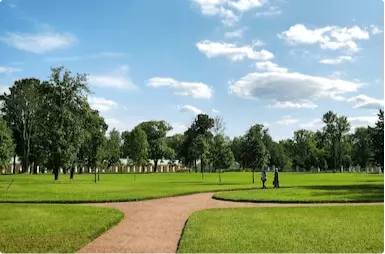
BURNCO aggregate is an essential construction material with various applications in parks, pathways, playgrounds, beaches, roads and highways, walkways and sidewalks, parking lots, airport runways and railway ballasts.
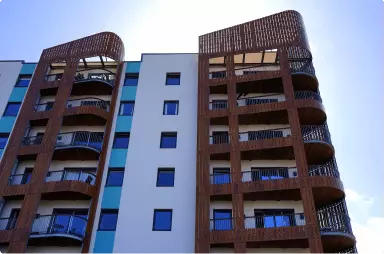
Aggregates are used in building drainages, filling voids, protecting pipes, and providing hard surfaces. They are also used in water filtration, sewage treatment processes, and mixing with cement, bitumen, and other adhesives to form concrete.

Residential spaces demand premium and high-quality construction materials that ensure longevity without compromising aesthetics. BURNCO’s products and expertise meet the specific requirements of apartment complexes, bungalows, villas, and more.

BURNCO aggregates can be commonly found in flower beds and landscaping, and are an ideal option to enhance gardens and walkways in a variety of settings. The wide range of sizes, shapes and colors available make them an excellent material for decorative applications.
Aggregates are a combination of sand, gravel, crushed stone, and shale. Sand and gravel make up the most basic yet essential construction materials used extensively for building roads, bridges, offices, residences, and numerous other commercial, industrial, and public works construction projects.
Aggregate materials, including sand and gravel, have a variety of uses in construction and other applications. They are commonly used in playgrounds, golf courses, baseball diamonds, bike trails, and roadways to improve safety. Aggregate is also a crucial component in the construction of buildings, including homes, schools, and community centers. In fact, an average person consumes 10-14 tons of aggregate per year, equivalent to one full tandem truckload. These materials play a vital role in our daily lives and are used in many places we frequent.
It's important to remember that aggregate is a non-renewable resource. Once land is developed, the aggregate beneath it is no longer accessible. If an aggregate resource is not produced, the materials must be transported from a different site, often located far away. The greater the distance to the source of aggregate, the more expensive it becomes to use in construction projects such as paving driveways, building houses or schools, or filling sandboxes. This increased cost also contributes to higher vehicle emissions from increased fuel use and additional wear and tear on local roads and highways due to increased truck traffic. In the end, this affects the consumer by raising the cost of these types of projects.
The aggregate mining industry is heavily regulated, and companies must follow strict environmental laws and regulations, such as
a) Equivalent Land Capability – which requires land be reclaimed back to a capability equal or better than before mining;
b) Conservation & Reclamation Planning - requiring the submission of specific conservation and reclamation plans to government agencies regarding development details, conservation strategies, and reclamation plans for all aggregate mining proposals, and;
c) Operating Conditions - where we follow the operating conditions (hauling routes, hours of operations, etc.) set by local municipalities or counties. By adhering to these regulations, companies like ours can provide local, cost-effective aggregate while also creating new amenities such as parks, golf courses, and community centers through land reclamation. This benefits the community in multiple ways.